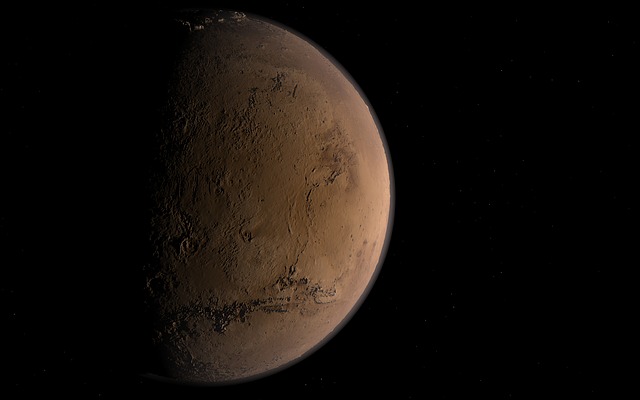Astronomers – and people in general – should get ready to point those telescopes and binoculars at the night sky on Monday, May 30 as Mars moves to its closest distance from the Earth in 11 years, capping the festivities of Memorial Day.
Space.com reports that the Red Planet will be at its closest to Earth on Monday at 47.2 million miles (76 million kilometers), but those who won’t get a chance to see it then have two more weeks to do so. Mars will remain at 48 million miles (77.2 million kilometers) from the Earth until June 12.
How to spot it? Just look southeast after twilight ends and it should be hard to miss. It might even look a tad scary, compared to how it normally looks in the sky, because of its size. If bad weather casts some gloom over this experience, the online Slooh Community will be offering a free live webcast of Mars with its telescopes that are remote-operated. For those who will have good weather, Saturn might even be glimpsed along with Mars!
Mars and Earth actually come close every 26 months, but the distance varies because both planets have elliptical orbits. Joe Rao of Space.com says that Mars was even closer to the Earth in 2003 because it was at opposition, which is when the sun, Earth and Mars are in single file in space, just 42 hours before it reached its closest approach to Earth that had not happened in 60,000 years. This “perihelic opposition,” when Mars is closest to both the sun and the Earth at the same time, takes place every 15 to 17 years, says Rao. The next one will happen in June 2018, when Mars will be even brighter and closer.
During its closest approach, Mars will be visible to the naked eye. Observers should look at the constellation Scorpius; Mars is above Antares, which is Scorpius’ brightest star.
To the left of Antares will be Saturn, which will glow white. Stars and planets are easily told apart because planets don’t “twinkle.”
Mars will appear as a bright red dot when viewed from binoculars. Powerful telescopes might even be able to pick up features on the Red Planet’s ice caps or atmosphere, using computers and other technologies. Right now, Jupiter is visible in the southwest, because its large size makes it brighter than the other planets.
























